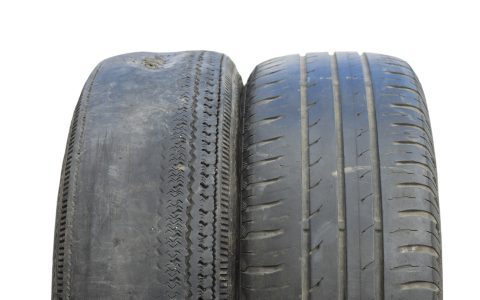Defining Ball Tires
Ball tires, more formally known as spherical tires, represent a conceptual redesign of traditional tires. Instead of a toroidal shape, these tires are perfectly spherical, enabling a vehicle to move in any direction.
The core principle is to provide unprecedented vehicle maneuverability, including lateral movement and rotation in place, by allowing each "wheel" to rotate freely on multiple axes.
Key Characteristics and Potential Advantages
The unique geometry of ball tires could offer several benefits:
- Omnidirectional Movement: The most significant advantage. Vehicles could move sideways, diagonally, or pivot, simplifying tasks like parking in tight spaces and navigating complex urban environments.
- Enhanced Safety: Conceptual designs often incorporate features like magnetic levitation for connection. Sensor integration within the sphere could provide real-time road condition data, and the shape might offer improved hydroplaning resistance or adaptability to changing surfaces.
- Optimized Tire Wear: With the ability to rotate in multiple directions and potentially a larger contact surface over time, wear could theoretically be distributed more evenly across the entire surface of the sphere, potentially increasing lifespan compared to conventional tires that wear unevenly.
- Vehicle Design Flexibility: The absence of traditional axles and steering linkages could free up significant interior space and allow for novel vehicle architectures and more compact designs.
Implementation Hurdles
Despite the compelling advantages, significant technological and practical challenges hinder the widespread adoption of ball tires:
- Propulsion and Suspension: Transmitting motive force to a free-rotating sphere and developing a compatible, stable suspension system are major engineering obstacles. Concepts often rely on advanced technologies like magnetic levitation or multiple integrated electric motors.
- Control Systems: Managing the precise, coordinated movement of multiple spherical tires requires highly sophisticated control algorithms and robust sensor feedback systems to ensure stability and driver intent translation.
- Material Science and Durability: Developing a spherical tire material that offers adequate grip, load-bearing capacity, wear resistance across varied conditions, and puncture resistance across its entire surface is crucial and complex.
- Cost and Manufacturing: The advanced materials, intricate drive mechanisms (if any), and complex manufacturing processes would likely result in significantly higher costs compared to conventional tires and wheels.
- Energy Efficiency: The method of propulsion (e.g., magnetic fields) and the potential for increased rolling resistance depending on design and material could impact overall vehicle energy efficiency.
Development Stage
Ball tire technology is currently in the conceptual and early prototype phase. Companies have showcased concepts demonstrating potential functionalities, primarily through computer simulations and non-load-bearing physical models.
These concepts serve more as a long-term vision for future mobility, particularly in autonomous driving scenarios where advanced maneuverability could be highly beneficial. Significant research and development across multiple disciplines are still required before ball tires could become a practical, commercially viable reality for mass-market vehicles.







